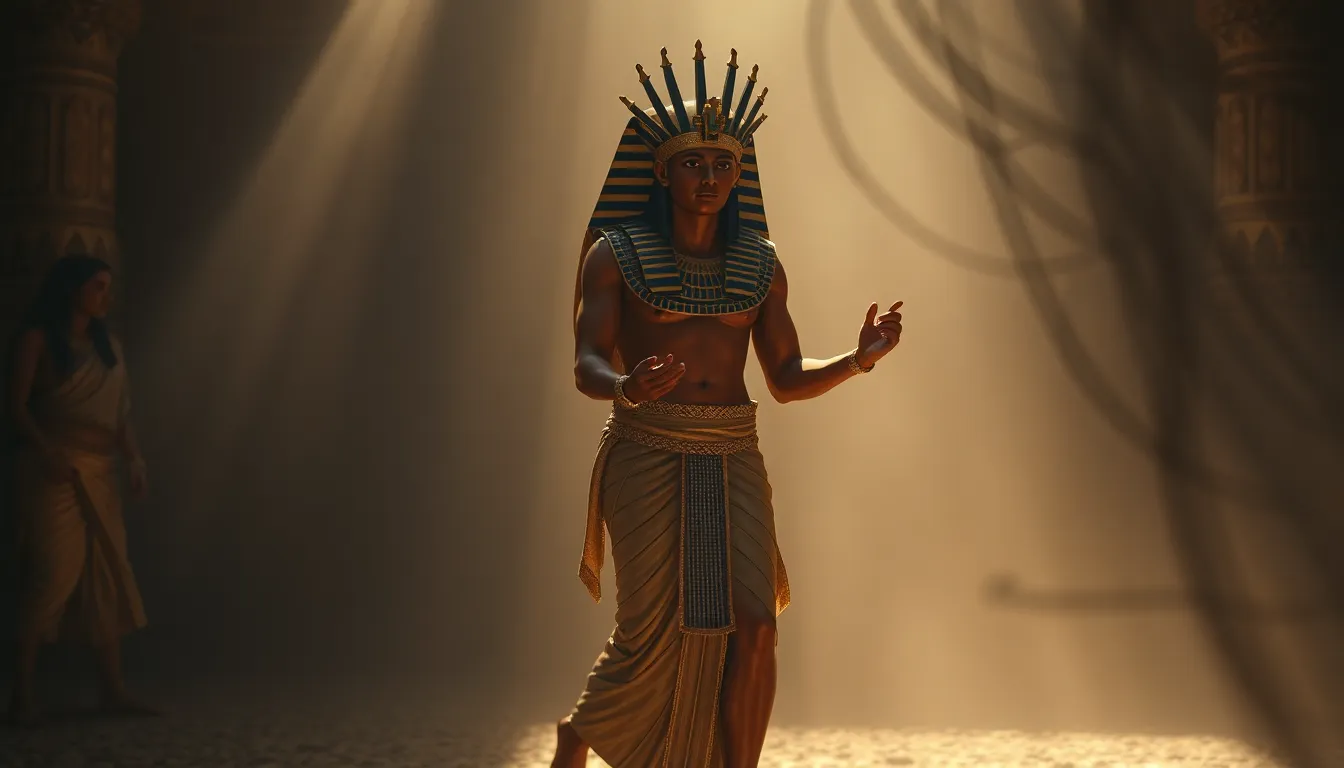The Role of Music and Dance in Royal Burials
I. Introduction
Royal burials are the funerary practices reserved for the elite members of society, particularly rulers and their families. These ceremonies often reflect the highest cultural values and beliefs, marking a significant transition from life to the afterlife.
Music and dance play vital roles in cultural rituals, serving not only as forms of expression but also as vital components of the spiritual journey. This article focuses on the importance of music and dance in royal burials, examining their historical context, symbolic meanings, and lasting legacy.
II. Historical Context of Royal Burials
Across different cultures, royal burial practices have varied widely, yet they share common themes of honor and reverence.
- Overview of Royal Burial Practices: Ancient Egyptians, for example, believed in an elaborate afterlife, leading to the construction of grand tombs like the pyramids.
- Significance in Ancient Societies: These burials served not only to honor the deceased but also to reinforce the social hierarchy and maintain cultural continuity.
- Evolution of Music and Dance: Over time, the integration of music and dance into funerary rites evolved, reflecting changing beliefs about death and the afterlife.
III. Music as a Medium of Transition
In many cultures, music serves as a bridge between the physical world and the afterlife. The symbolic role of music in this transition is profound.
- Instruments Commonly Used: Various instruments such as harps, flutes, and percussion were integral to royal burials, each chosen for their ability to convey emotion and spirituality.
- Case Studies: For instance, the burial of Tutankhamun included a range of musical instruments, highlighting the significance of music in guiding the soul to the afterlife.
IV. Dance as a Ritualistic Expression
Dance has historically played a critical role in honoring the deceased. It serves as both a tribute and a means of expressing collective grief.
- Function of Dance: Dancers often embody the spirits of ancestors, connecting the living with the deceased.
- Different Styles of Dance: Various styles, from solemn and slow movements to energetic celebrations, reflect cultural attitudes towards death.
- Notable Dances: In ancient Egypt, dancers performed intricate routines during royal funerals, believed to invoke blessings for the deceased’s journey.
V. Cultural Variations in Music and Dance Practices
While music and dance are universal in royal burials, their expressions differ significantly across cultures.
- Differences Across Cultures: In ancient China, for example, music was often played on stringed instruments during burials, while in Europe, choral music was more prevalent.
- Comparative Analysis: Egyptian burials, characterized by their grandeur and elaborate rituals, contrast with the simpler, yet deeply meaningful practices in other cultures.
- Local Customs Influence: Local traditions heavily influence how music and dance are incorporated, resulting in unique expressions within each culture’s funerary rites.
VI. The Symbolism of Music and Dance
Music and dance in royal burials are rich with symbolism, reflecting the values and beliefs of the society.
- Interpretation of Elements: Melodies and rhythms often symbolize the journey of the soul, while specific dance movements can represent life cycles and spiritual transitions.
- Reflection of Values: The type of music played and the style of dance performed reveal much about a culture’s attitude towards death and the afterlife.
- Role of Performers: Musicians and dancers are seen as conduits of spiritual energy, tasked with guiding the deceased and comforting the living.
VII. Modern Interpretations and Legacy
Contemporary practices continue to draw inspiration from historical royal burials, showcasing the legacy of music and dance.
- Contemporary Practices: Many modern funerals incorporate traditional music and dance as a way to honor the deceased, reflecting their cultural heritage.
- Preservation of Traditions: Communities work to preserve these musical and dance traditions, ensuring their survival in the face of modernization.
- Impact of Technology: Advances in technology, such as digital music and virtual performances, have transformed how music and dance are experienced during funerals.
VIII. Conclusion
Music and dance hold significant roles in royal burials, serving as powerful mediums for expressing grief, honoring the deceased, and facilitating the transition to the afterlife. These practices reflect the enduring legacy of cultural values and beliefs surrounding death.
As we examine the historical and contemporary significance of music and dance in funerary rites, we recognize their vital role in commemorating life and death. The integration of art in these rituals not only pays homage to those who have passed but also strengthens the communal bonds among the living.




